Aerospace RTCA DO-160 Testing
Streamline your aviation compliance journey with Element's comprehensive RTCA DO-160 testing services. Our end-to-end approach and century of expertise help you navigate complex requirements, accelerate time-to-market, and maintain lifetime compliance. Trusted by leading aerospace companies and OEMs, we deliver the certainty you need for airborne equipment certification.
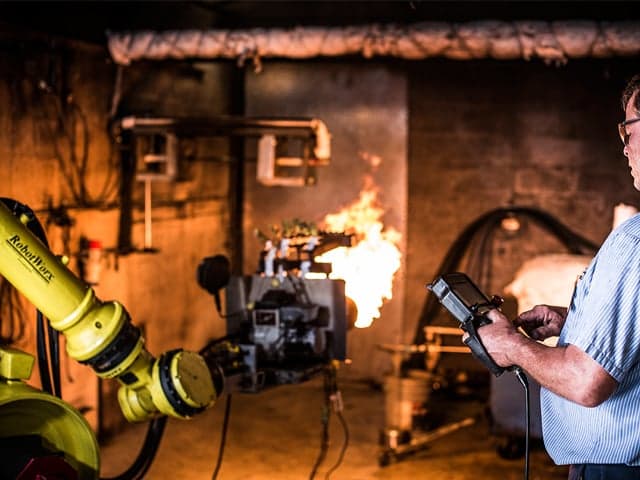
What is RTCA DO-160 Testing at Element?
RTCA DO-160, the "Environmental Conditions and Test Procedures for Airborne Equipment," are a standardized set of tests that validate the safety and reliability of airborne electronic equipment and mechanical systems under diverse – and extreme – environmental conditions. Tailored to meet global aviation regulations, it's universally adopted by aircraft manufacturers. At Element, our RTCA DO-160 testing ensures compliance to the latest DO-160G standard, covering Dynamics, Climatic, and EMI/EMC environments.

What can Element offer you for RTCA DO-160 Testing?
Key Tests Offered
Key Tests Offered
Our streamlined end-to-end testing programs to support RTCA DO-160 cover all 23 different comprehensive testing categories including:
- Temperature
- Altitude
- Shock
- Waterproofness
- Fungus resistance
- Magnetic effects
- Power input
- RF susceptibility
- lightning effects
- Icing
Products We Test
Products We Test
- Airborne electronic equipment
- Mechanical system components
- Avionics system components
- Full-size airframes
- Hydraulic, Pneumatic components
Which Labs Offer This Service
Which Labs Offer This Service
RTCA DO-160 testing is offered from our global network of laboratories including across North America, the UK, Central Europe and Asia.
Element North America and its subsidiaries are a trusted supplier to US government prime contractors - duly registered and able to handle CUI, ITAR, EAR and other similar engagements, with over a decade of experience in ITAR/EAR jobs.
Our Specialist Experts
Our Specialist Experts
Our experts actively participate in RTCA Special Committee 135, including participating in the writing of new standards and updating current standards.
Standards we test to and products we test
Your Challenges, Our Solutions
Navigating Complex Testing
Time-to-Market Pressure
Ensuring Full Lifecycle Compliance
Reducing Supply Chain Risks
Element Experts at your service
Why Choose Element
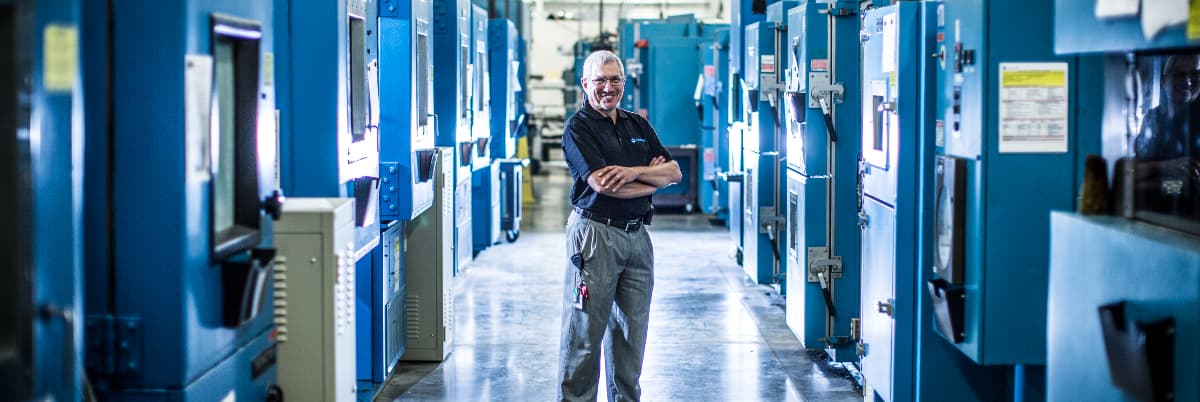
One Provider for All Testing Needs
Industry Leaders
Experienced in Government Compliance
Your Passport to Trade
Frequently asked questions
What is RTCA DO-160?
RTCA DO-160 is the name given to the environmental conditions and test procedures standard for airborne equipment, essential for ensuring safety and reliability in diverse conditions and universally adopted by the global aerospace industry.
What size RTCA Do-160 projects can Element support?
Our state-of-the-art labs provide accredited testing services, accommodating projects of almost any size.

Explore our global network of labs and find your nearest location
VIEW ALL LOCATIONSRelated services
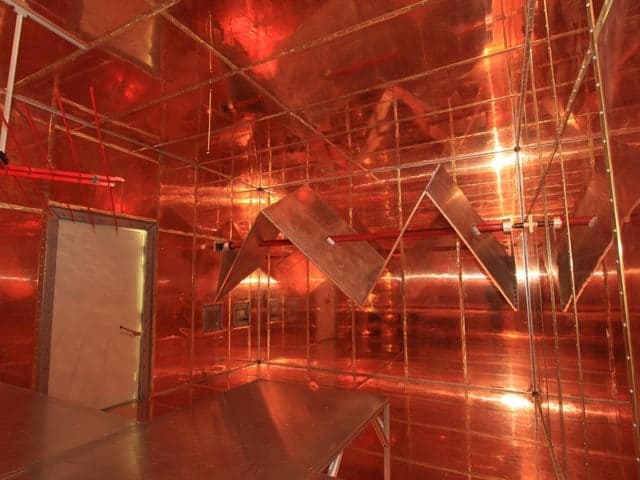
Aerospace EMI/EMC Testing
Element's aerospace EMI/EMC testing helps you meet commercial and military standards with tailored test plans, advanced facilities, and expert guidance to tackle compliance challenges and reduce delays.
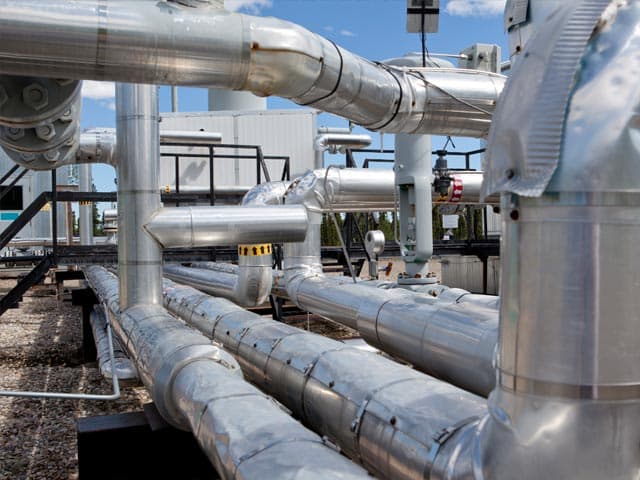
Explosive Atmosphere Testing and Certification
Element ensures your products comply with global explosive atmosphere testing regulations, including Global IECEx certification, ATEX certification for Europe, UKEX for United Kingdom, HazLoc certification for North America & DSEAR in the UK.
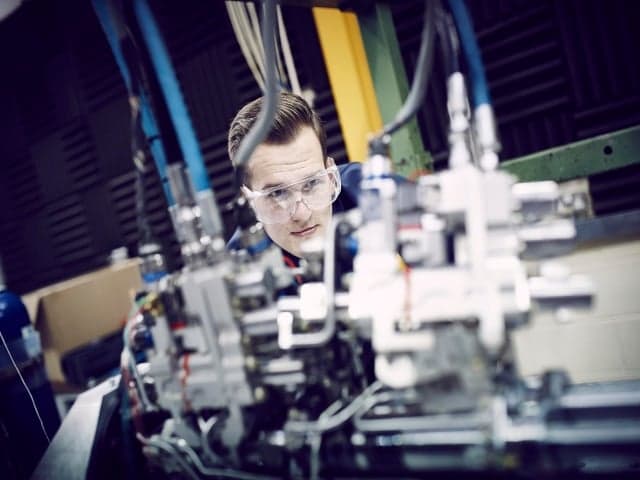
MIL-STD-810 Testing Services
Element's MIL-STD-810 testing services validate military and defense products under extreme conditions, delivering reliable, accredited results for compliance and performance qualification.



